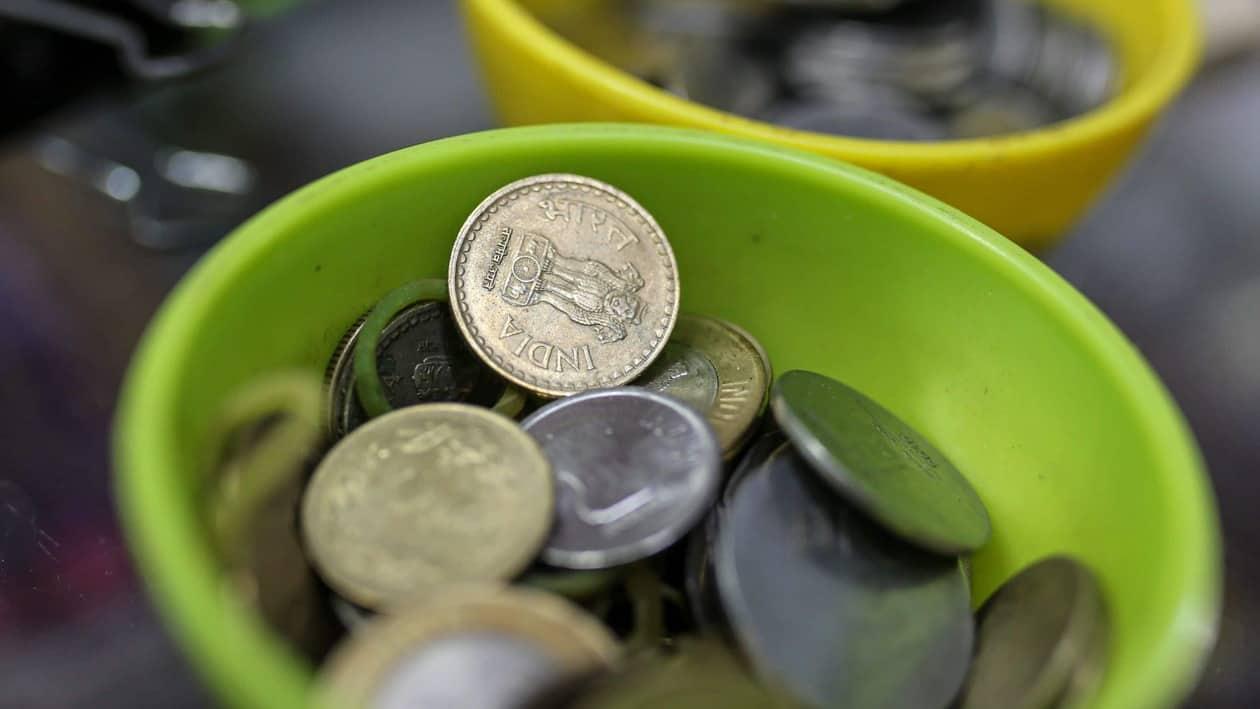The first digital rupee pilot for retail use in India will be launched on Thursday, December 1, with five banks, including SBI, HDFC Bank, and ICICI Bank, issuing the virtual currency for transactions through digital wallets.
Earlier, for the wholesale market, the central bank launched the digital rupee pilot project on November 1, 2022. The secondary market settlement of government securities transactions served as the use case for this pilot project.
The digital rupee will serve as a digital copy of the current legal money in use and will be issued in the same denomination as legal money, unlike cryptocurrencies, according to the statement released by the Reserve Bank of India.
How to use digital currency?
The e-Rupee would exist as a digital token that stands in for money. It would be distributed in the same denominations that coins and paper money are now circulated in. It would be disseminated by means of intermediaries, such as banks. Through a digital wallet provided by the participating banks and kept on mobile phones or other devices, users will be able to conduct transactions with the digital currency.
The pilot would cover a small number of cities in a closed user group (CUG) of participating customers and retailers. Both person-to-person (P2P) and person-to-merchant (P2M) transactions are permitted through this digital currency. QR codes that are displayed at retail places can be used to make payments to retailers.
The digital rupee would provide characteristics of actual money, such as trust, safety, and settlement finality. Like cash, it won't accrue interest and can be changed into other kinds of payment like bank deposits.
"The launch of retail digital rupee on the pilot basis is an extremely encouraging development, as it will pave the way for a secure and efficient digital economy in the country. A regulated alternative to private virtual currencies, retail digital rupee can be transacted through digital wallets of participating banks. That way, e-rupee will make digital currency and the digital payment ecosystem more inclusive. Retail digital rupee will create a broad-based and secure digital currency ecosystem across the country banking on the rapidly-growing digital infrastructure of the country," said Aditya Damani, Founder and CEO of Credit Fair.
In the next segment, let's break down the fundamental benefits that CBDC seeks to offer.
Advantages of the digital currency
- Low risk of settlement- Payments made via CBDCs will be final, according to the RBI, lowering the risk of settlement in the financial system. There won't be a requirement for interbank settlement thanks to CBDC. It is comparable to a UPI system where CBDC is transferred as if it were cash rather than bank balances.
- Lower transaction costs- Settlement in central bank currency would lower transaction costs by avoiding the requirement for settlement assurance infrastructure or collateral to decrease settlement risk.
- Increased liquidity- In comparison to current payment methods, CBDC may benefit consumers in terms of liquidity, scalability, adoption, convenience of transactions with anonymity, and quicker settlement.
- Boosting digital economy- The future of the digital economy will be strengthened by the digital rupee, which will make online transactions safer and risk-free.
- Bridging the gap- CBDC will lessen the requirement for payment gateways and card networks. India now has 1.2 billion mobile phone connections, but only 582 million bank accounts. The CBDC might be able to close the gap.
READ MORE: What is digital rupee that RBI is launching on Dec 1? MintGenie explains
Using CBDCs has benefits over other payment methods, including a reduction in operational costs associated with physical cash management, promoting financial inclusion, bringing resilience, efficiency, and innovation to the payments system, enhancing the settlement system's efficiency, fostering innovation in the cross-border payments space, and giving the public access to uses that any private virtual currencies can provide, without the potential complications.
Users shouldn't worry about the legitimacy of the digital rupee or contrast it with other digital currencies such as cryptocurrency. It will have the same degree of confidence as actual cash since it will be issued by the central bank (RBI).
Yes, there can be some difficulties while utilising digital currency at first. The central bank, however, has stated that it would use the pilot to learn and that, based on what it learns, it will provide customers with a range of services and apps in the future.
